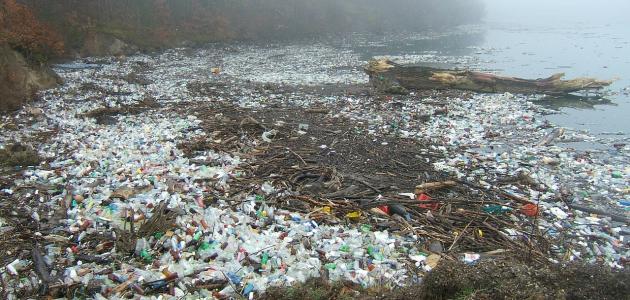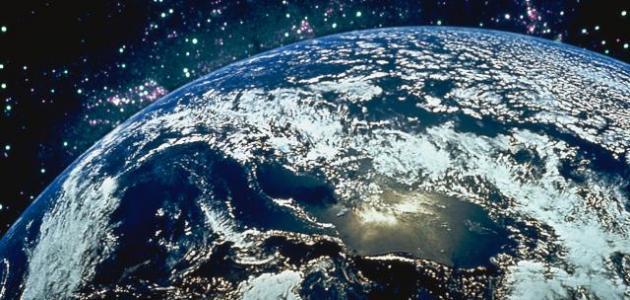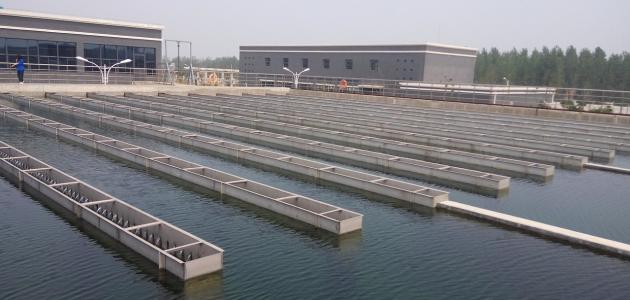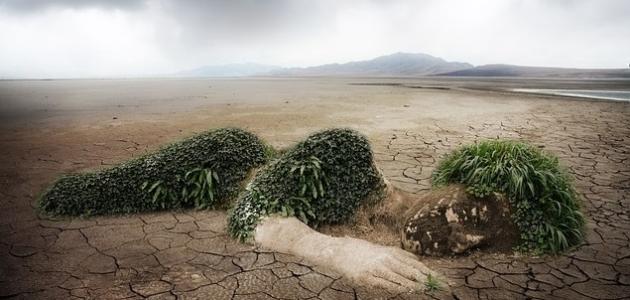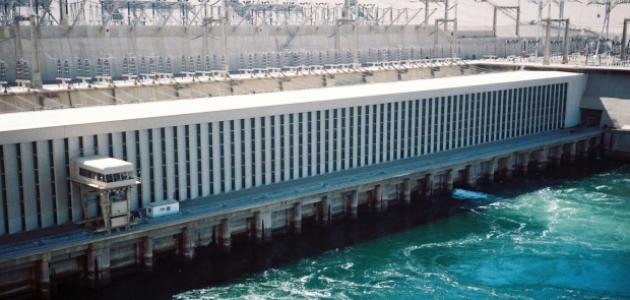Waste
Waste poses a great danger to the environment, which arises from many sources that take different forms, whether liquid, solid, sludge, or gases, and whose greatest damage is when stored, transported, treated, or making any changes to it, including what accumulates over water and then leaks To the aquifers and reaches the living organisms by drinking them, and the waste that is found in the landfill affects the people who live next to it, as they are among the most vulnerable to diseases.
It is worth noting that it is possible to protect the environment and reduce the harmful effects of waste on it through recycling and reducing the quantities of waste consumed, in addition to treating waste by chemical methods represented by ion exchange, precipitation, oxidation, or the thermal method that destroys toxic molecules that are present in waste when exposed to degrees of High temperature by using special devices such as a rotary kiln and stove to burn waste of all kinds, but this method affects air pollution, or the physical method, which is represented by sedimentation, evaporation, solidification, flotation and filtration, or the biological treatment method that is used for some organic waste.
types of waste
We mention the types of waste that affect the environment and the source of each of them in the following table:
| waste type | waste source |
|---|---|
| commercial waste | Shops, markets, commercial centers, restaurants, entertainment venues, and hotels |
| green waste | Gardens, public parks, private parks, lawns, trees, pruning and maintenance of green spaces |
| Large waste | Car parts, various pieces of furniture, electrical appliances, and tree trunks |
| hazardous industrial waste | Solvents, degreasers, oils, radioactive materials, inks, pasty residues, acids and alkalis |
| Administrative waste | Schools, universities, ministries, and administrative offices |
Waste pollution of the environment
The waste produces toxic, flammable, infectious materials, or has dangerous radiations that harm the surrounding environment, including humans. We mention some of them according to the type of their damage as follows:
Read also:Research on air pollution- Toxic waste damage: The impact of this type of waste is significant, regardless of its size. Sometimes it causes chronic disease, death, or cancer if exposure to waste continues for a long period. Toxic waste also leads to the emergence of what is called a mutation, which in turn changes the biological characteristics that the environment possesses with all its components. .
- Reactive waste damage: Some types of waste are chemically unstable, as they interact with environmental elements such as air and water and form fumes of a toxic nature or various explosions. It is known that relatively low temperatures stimulate flammable waste to cause immediate fire.
- Infectious waste damage: This type of waste greatly affects human health due to the infectious diseases it causes, and it includes waste from hospitals, health centers, or biological research centers such as needles, bandages, and many others.
- Radioactive waste damage: The harm of this type of waste is that it does not decompose immediately, but its effect remains for thousands of years without decomposing well, with the ionizing energy it carries that harms living organisms that belong to the environment.
Waste damage affecting the air
The organic waste that accumulates in landfills greatly affects the air that living organisms breathe, as it produces gases that lead to air pollution, such as carbon dioxide of all kinds and methane, and we mention some of these gases and their harm to the environment in the following paragraphs.
Read also:drought phenomenonCarbon monoxide gas
Carbon monoxide is one of the most toxic gases that affect living organisms. As it unites with the iron element responsible for some respiratory enzymes, it inhibits them and tries to prevent them from performing their work. This gas also combines with hemoglobin in the blood and forms a substance called “carboxyl hemoglobin”, which affects its increased rate in the blood to a weakness in the sense of sight, and also harms some body systems. such as the heart, nervous system, and respiratory system, which leads to blockage of blood vessels that ends in death.
Carbon dioxide gas
Carbon dioxide leads to irritation of the mucous membranes, inflammation of the bronchi, irritation of the throat, and difficulty in breathing, which leads to suffocation.
ammonia
Ammonia gas is called ammonia, and it harms the mucous membranes of the eyes, sinuses, and throat, and sometimes its excess in the body severely affects some of its enzymes, which cause infertility.
Hydrogen sulfide gas
Hydrogen sulfide gas is called hydrogen gas, and its source is mold that comes out of waste that contains sulfur that is broken down by bacteria. It has no color, but it has a very strong and disturbing smell similar to the smell of rotten eggs. It can be inhaled without feeling its smell, and inhaling it in large quantities leads to disease. Or death, and this gas causes many problems such as those affecting the human central nervous system, as well as causing laziness in thinking, and works to discourage the yeast oxidation process that leads to breathing disorders, and infections in the bronchi and larynx, in addition to wounding and irritating the mucous membranes of the airways. Its union with hemoglobin also leads to a weakening of its ability to deliver oxygen to parts of the human body.
Read also:Making teaching aids from environmental materials